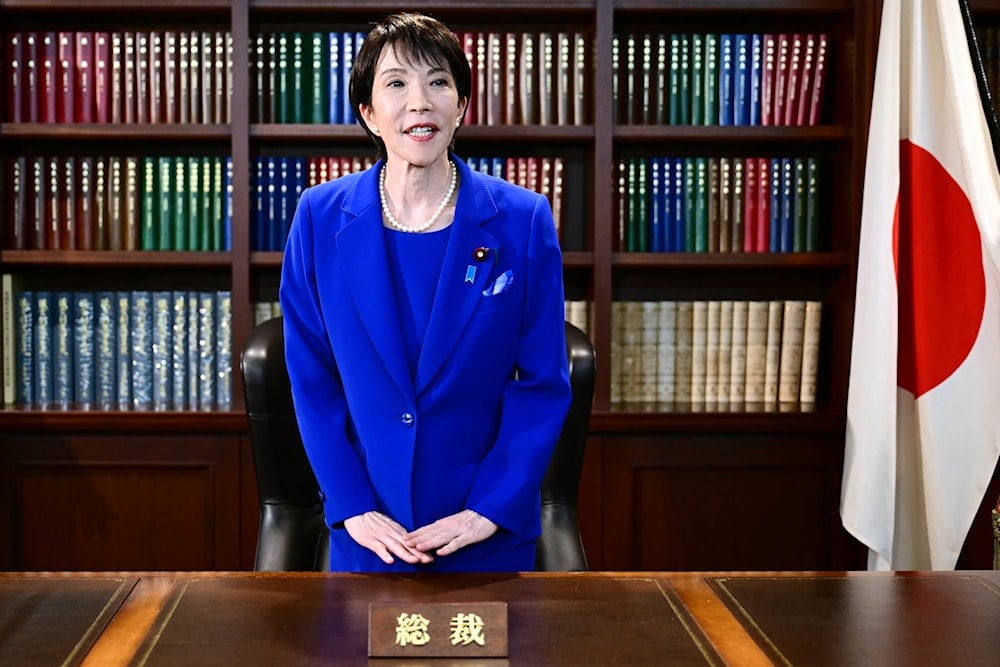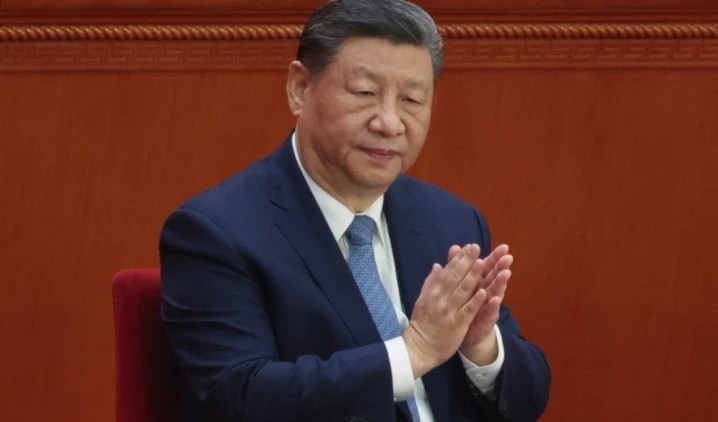Komeito-LDP split puts Takaichi’s Japan PM bid at risk
The opposition has already signaled its intent to unite behind an alternative candidate.
-

Sanae Takaichi, the newly-elected leader of Japan's ruling party, the Liberal Democratic Party (LDP), gestures as she leaves the party leader's office after the LDP leadership election in Tokyo, Saturday, Oct 4, 2025. (Yuichi Yamazaki/Pool Photo via AP)
Japan's political landscape was thrown into turmoil on Friday after the ruling coalition fractured, casting uncertainty over Sanae Takaichi's path to becoming the country's first female prime minister. The Liberal Democratic Party (LDP), which recently elected Takaichi as its new leader, suffered a major setback when junior coalition partner Komeito withdrew its support.
Takaichi still requires parliamentary approval to assume the premiership. While the LDP holds the most seats, it lacks an outright majority, and the loss of Komeito’s backing severely weakens its position. The opposition has already signaled its intent to unite behind an alternative candidate.
Komeito leader Tetsuo Saito announced the split during a party meeting, citing dissatisfaction with the LDP's handling of a long-running political funding scandal. He described the LDP's explanations as "inadequate" and confirmed that Komeito would not support Takaichi in the upcoming parliamentary vote, which had been expected around October 15 but is likely to be delayed.
The LDP currently falls 37 seats short of a majority in the lower house of parliament, opening the door for opposition parties to nominate their own candidates when lawmakers gather to select the next premier.
Opposition eyes Yuichiro Tamaki as alternative leader
With Komeito's departure, Takaichi may be forced to seek new alliances. One potential partner is the Democratic Party for the People (DPP), known for its support of expansive fiscal policies. However, the main opposition Constitutional Democratic Party has hinted at backing the DPP’s leader, Yuichiro Tamaki, as a challenger to Takaichi.
Takaichi's recent election as LDP leader had initially boosted markets, as investors anticipated a continuation of "Abenomics," the economic strategy championed by former Prime Minister Shinzo Abe, but the political upheaval has shifted expectations.
Yen strengthens
Following the coalition breakdown, the Japanese yen appreciated by up to 0.5%, reaching 152.38 against the US dollar. This marked a reversal from earlier in the week, when the currency had slumped to an eight-month low on fears of increased fiscal spending under Takaichi.
Takahide Kiuchi, an economist at Nomura Research Institute, noted that a unified opposition front led by Tamaki could lead to a dramatic shift in market sentiment. "The recent market moves that have priced in Takaichi's economic policy will be rolled back," he told Reuters.
Makoto Nishida, Komeito's Secretary General, declared that Japan had entered an "era of the multi-party system." He added that Komeito aimed to position itself as "the axis of centrist, reform-oriented political forces."
Despite its dominance in postwar politics, the LDP now finds itself in a precarious position. It holds only a minority in the upper house and lacks the numbers to govern without forming new coalitions or compromises.

 3 Min Read
3 Min Read










